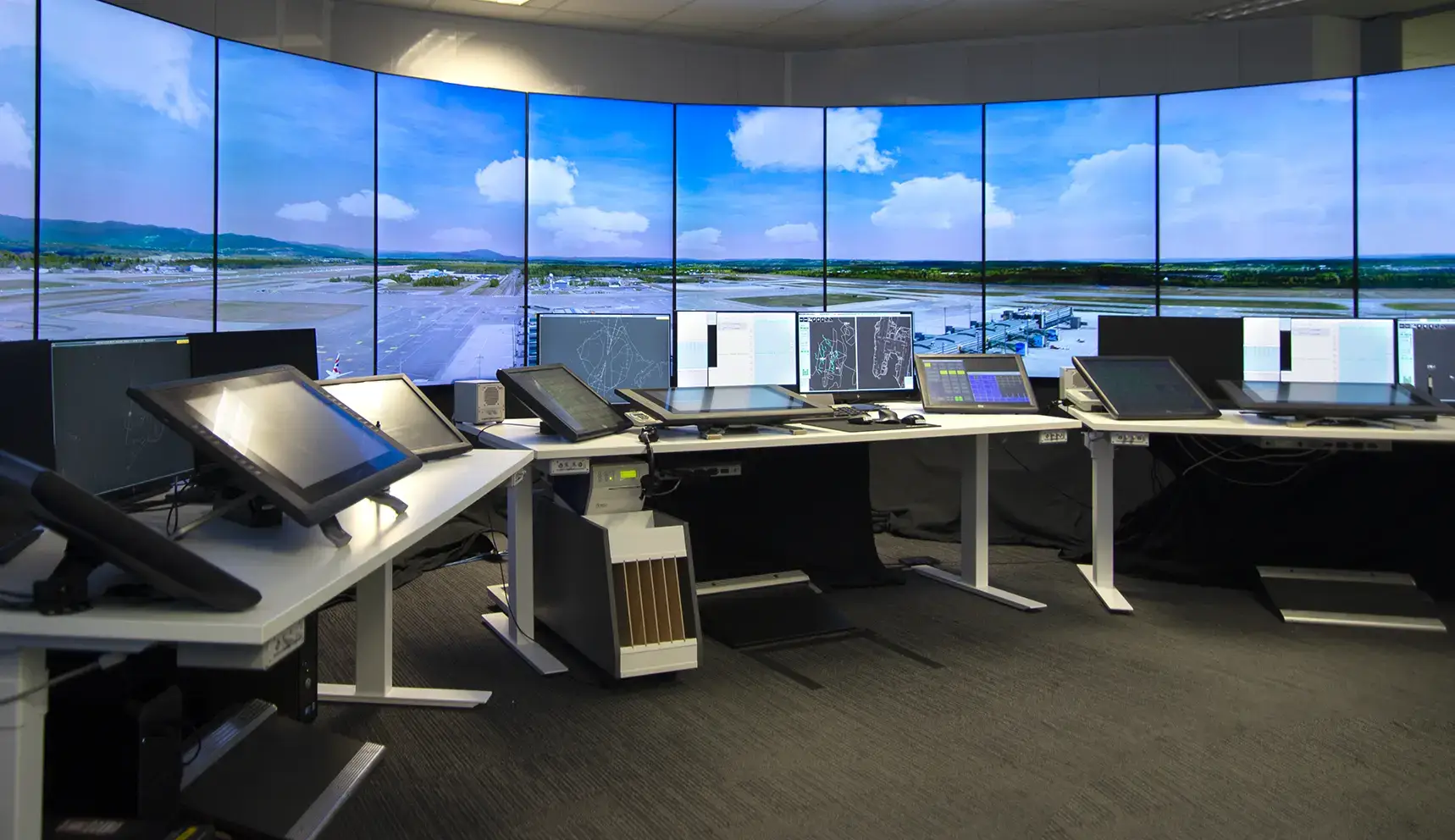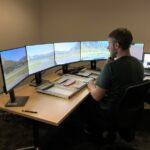ASCENT – June 2022
In this issue…
In this issue, you’ll hear about the TotalControl simulation solution moving to the cloud; the science behind ATC selection; Airways walking the talk in the Pacific; and a profile on our AirShare Product Manager George Ridd.
Digital innovation in response to Covid-19

As part of our Digital Solutions Strategy in response to Covid-19, Airways International launched the Airways Knowledge Online (AKO) virtual academy – reimagining our training delivery from face-to-face to fully remote.
UTM for Airspace Managers

George Ridd, Airways’ Product Manager AirShare, explains how new systems and processes are required to protect airspace and ground safety, while being highly scalable to meet future growth.
Mobile Simulation in Action

Airways is continuing to prioritise its commitment to the Pacific region. Here we highlight the work we’re doing to support and assist a prosperous aviation sector for our Pacific neighbours
Case study: Queenstown Tower

Queenstown Tower was one of the first regional towers in New Zealand to implement mobile simulators for training purposes. Chief Controller Jon Brooks talks about how regular mobile sim use is supporting the team’s training.








